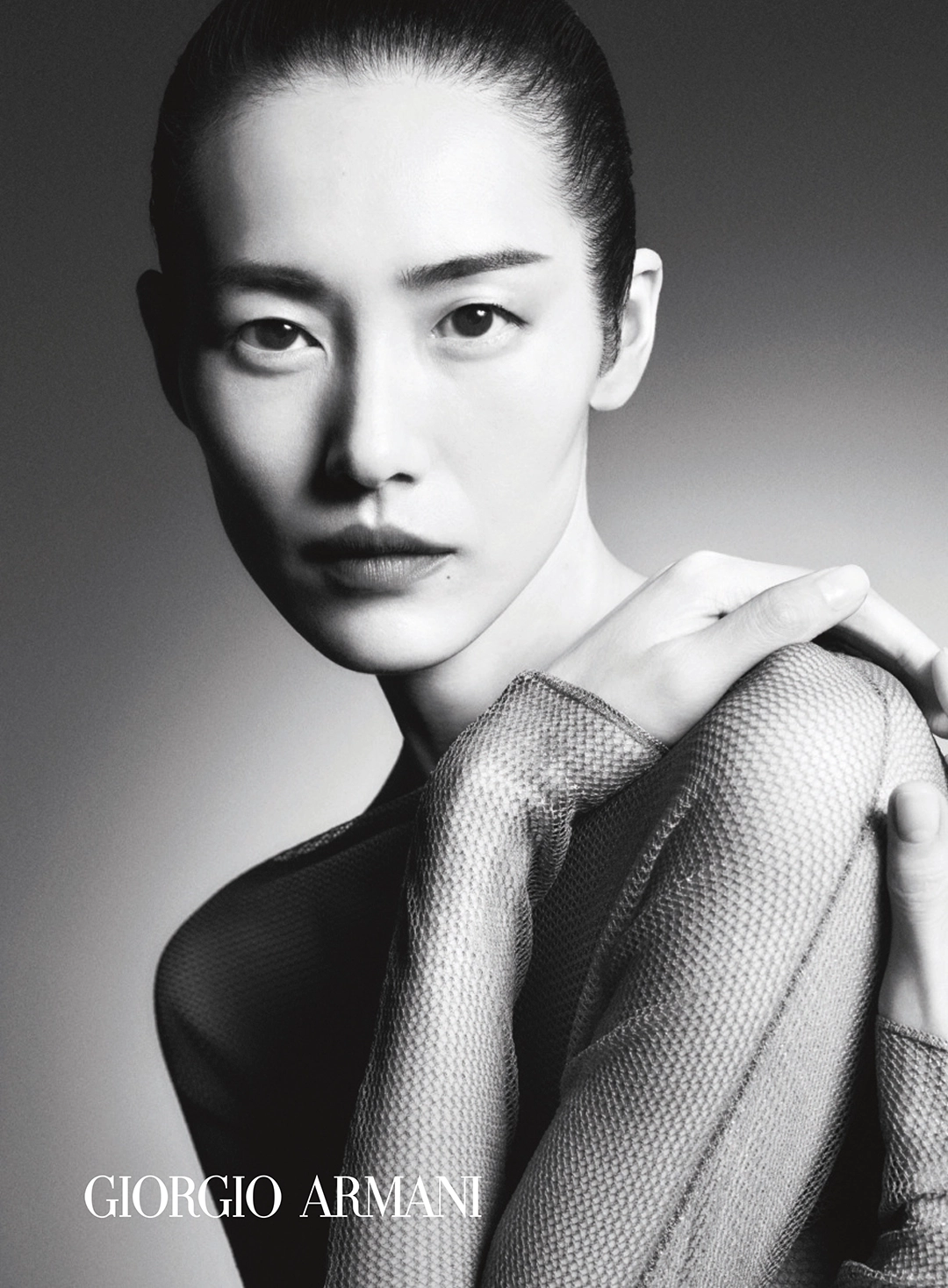
Giorgio Armani.
I have long sensed that the most refined renderings of the human—beginning with the exaltation of the body—are found in fashion photography. Its formal indulgences usually conceal symbolic intentions, more or less explicit. Face and hands alike retain evidence of what has been lived. They are extraordinarily narrative. They speak of the work we have done—and the work we have left undone. They also speak of gesture, both public and private. We shake gentlemen’s hands and kiss ladies’ hands. Acts of recognition and peace.
In almost every culture, hands are instruments of communication and emblems of power. They greet, bless, swear, command, and caress—codifying gestures. In Western symbolic representation they yield a portrait of discreet yet high eloquence, something like a brief biography. Since the Renaissance they have served as proofs of virtuosity and as metaphors for recovered human dignity. The geniuses of that era paid them the attention they deserved.
This image before us is, to me, unsettling. It stands in delicate balance between two strong claims: attentiveness and reserve. A traversal of the model’s left profile, from the intimacy afforded by shadow, drives our gaze to her left hand—and I allow myself the Latin term sinister only as the opposite of dexter, right or skillful. For the Romans, as also in certain narratives of modern consumption, the favorable emerges from the right, the unfavorable from the left.
Once our attention settles on that placid dorsum, we are lost. It rests upon the shoulder, closing gently with the barely visible right hand. The image was deliberately cropped by the art director; what remains transmits enormous power through restraint. This tender closure figures the relation between interiority and action. The proposed hand has near-unheard-of density, a tool suspended between the vigilant spirit of this enigmatic woman and the outer world—between her and us. The perfect extremity imposed by tapered fingers and tended nails alludes to the equally perfect execution of what her mind conceives.
In it we can also read inhibition, sublimation, and self-mastery. As a concept it adds nothing new, nor need it. Freud and Lacan long ago recognized the hand as interface between desire and reality. One may mislead with the face, not with the hand. A minimal tremor, the tension of a folded gesture—half voluntary, half involuntary—betrays itself. This hand in particular—deprived of interaction with its pair—gesticulates astonishingly from its stillness. It becomes a bodily rhetoric inviting us to consider the near-certain beauty of her subjectivity.
Looking at this photograph I cannot help feeling caressed. The model inflicts a small torment whose symptoms are cultural. She addresses me from a world in which her withdrawn body is spared manual labor and decay. She invites entry like freshly laundered sheets. An innocent attempt to preserve the illusion of integrity, to keep my surface untouched by dust and time.
Apparently, Armani wishes to spare me the rough, the worn, and mortality itself—from long, pale, almost translucent fingers. From the soft power of its sophistication, Armani proposes an existence as a select, exclusive consumer. Yet I am so lost in the question that I have no idea what I am supposed to buy.











Comments powered by Talkyard.